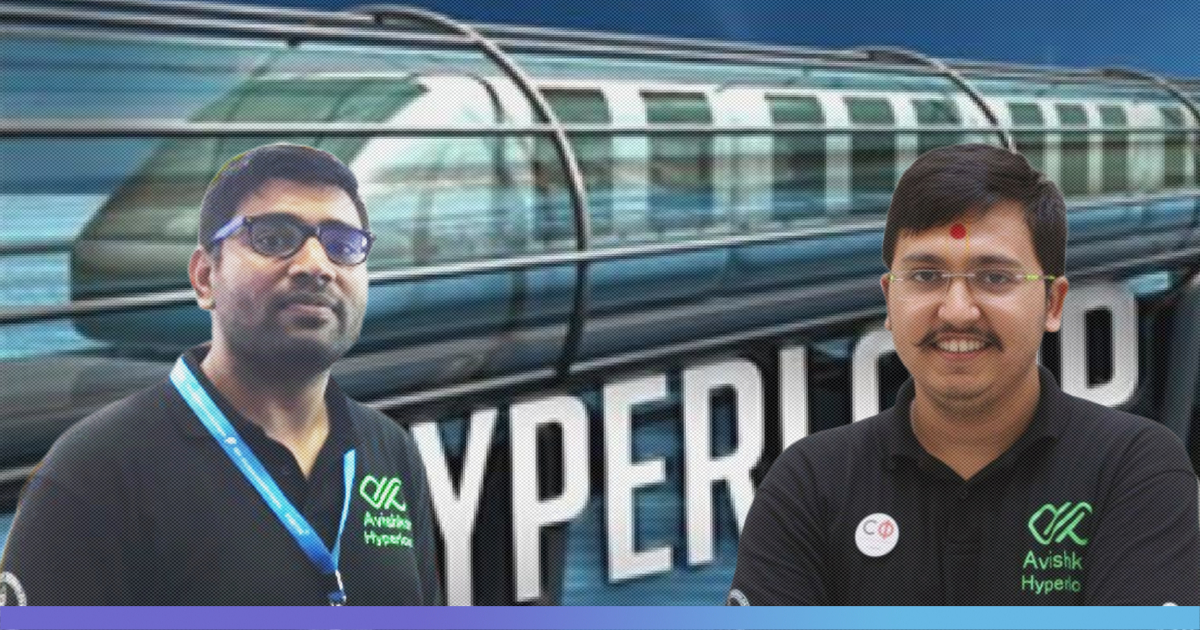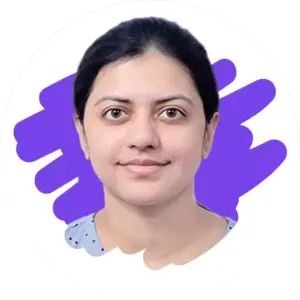Elon Musk’s SpaceX projects have been marked as the stepping stones for the next generation futuristic and incredible innovations. Time and again, Musk’s enterprises have come forward to explore the possibilities which lay ahead in technology, transportation and much more. One of such challenging competitions which will explore the next mode of transportation in the coming age has been initiated by SpaceX. The Hyperloop Pod competition was announced in 2015 with the aim to promote the development of functional prototypes transport vehicles by both student and non-student teams from all over the world. Till now, three editions have been successfully completed and the fourth edition is all set to be held in California in July 2019. Competing against hundreds of teams, team Avishkar Hyperloop from IIT Madras has made the nation proud by getting shortlisted for the final round which is going to be held soon. After failing to qualify for the finals last year, they have finally come close to cracking the hyperloop code.

Meet The Team – Avishkar Hyperloop
Inspired by the successful entrepreneur Elon Musk’s dream of revolutionizing the new form of transportation, the team was founded by Mr Suyash Singh, a final year M.Tech student at IIT Madras and co-headed by Mr Ankit Kukadia and Mr Vinit Sharma. Initially led by three of them, the goal of representing their institute at the global competition made them form a team of thirty which comprises students from the undergraduate courses and even research scholars. Working with the Center For Innovation (CFI) at the institute, the team is working relentlessly to build the first–ever self-propelled and fully automated hyperloop pod to be represented at the competition. Their pod could allow one to travel from Mumbai to Chennai in an hour at a speed of 800 km/h. At the finals, the teams would be judged on the basis of the fastest speed with successful deceleration.
In a conversation with The Logical Indian, Mr Suyash Singh, the founder shares, “The team members have been rigorously working for months to improve the design involved in the hyperloop pod. For the ongoing competition, we will be employing a wheel-based model. Our pod would run on wheels, powered by individual motors and battery packs. It is approximately 2.7m in length, resting over a chassis made up of carbon fiber reinforced polymer (CFRP). We are targeting speeds of 300-350 km/h in a distance of 1.5 km in a vacuum tube. We plan to complete the assembly of our Hyperloop Pod by mid-June and ship it to California for the finals of the competition. Being involved in developing the latest technology is one of the most rewarding experiences for our entire team.”

What is HyperLoop?
As the fifth mode of transportation, hyper loop uses a system of vaccum tubes for travelling at high-speed with technologies such as magnetic levitation and linear induction models (LIM). The reduced air resistance allows the capsule inside the tube to reach speeds of more than 1000km/h. This becomes achievable owing to significant negligence of both mechanical drag due to friction and air drag because of vacuum conditions. For now, the pod is not designed to carry any payload. Eventually in the upcoming competitions, the team aims to design a prototype which can take payload similar to full scale Hyperloop pod. They are also working on other research projects so that they could implement new technologies in their model.

“With the only target of achieving the maximum speed, our team members faced a lot of difficulties and setbacks on various factors such as weight, dimensions, controls and placement of components. It was important that we had minimal weight of the pod and optimal dimensions to achieve a decently high speed. Also, ideation and implementation of controls in our pod was a challenge due to the existence of vacuum conditions along with the need for quick data transfer. Since the inception of the team, our faculty advisors Dr. S.R.Chakravarthy, Dr. Boby George and Institute’s Alumni have been a great support. Their mentoring has been one of the constant sources of motivation to keep us going,” says Suyash to The Logical Indian
Implementation Of Hyperloop in India
Apart from all these challenges, one of the major problems that were encountered was the funding for the project. They have been running a crowd sourcing campaign on Ketto to raise funds. Also, with industry sponsorships coming for their potential project, they are looking for ways through which they could ensure enough funds and incentivise it. With things changing faster than ever, they are optimistic about the scope of hyper loop in a developing economy like India. The Maharashtra Government has already signed an MoU with Virgin Hyperloop One to build hyper loop between Mumbai and Pune which is currently in the testing phase. Although team Avishkar is not planning to commercialize their project soon and they’re just focusing to get perform their best at the competition.

Sharing his insight about its implementation with The Logical Indian, Suyash concludes, “We see a lot of scope for Hyperloop to be implemented in India. In a country such as ours, which has a large population and people with busy scheduled lives, Hyperloop would be instrumental in paving the path for quicker and easier travel. Moreover, with the current environmental conditions in mind, an environment-friendly mode of transportation such as Hyperloop is the need of the hour. The initial costs required for the capital investment of Hyperloop might be high, but the subsequent costs which would be followed in various cities would be really low it would be easier to be operated in the long run.”

The Logical Indian congratulates the team on being shortlisted for the finals of SpaceX Hyperloop competition and making the nation shine globally.
Also Read: Citizen Group Sets An Example By Reviving Rachenahalli Lake In Bengaluru












